The Hanoi Old Quarter and French Quarter are two prominent historical neighborhoods located in the heart of Hanoi. Each area offers unique and distinctive experiences. This article will provide a detailed comparison between Hanoi Old Quarter and French Quarter to help you decide which destination is best for your travel.
Necessary information about two attractions
Hanoi Old Quarter and French Quarter not only showcase a diversity of culture and architecture but also reflect different historical periods of the city.
Hanoi Old Quarter
The Old Quarter, also known as “36 Streets” is the cultural and historical heart of Hanoi. Narrow streets, artisanal shops, and specialty eateries characterize it. Significant attractions include Ngoc Son Temple, Dong Xuan Market, and Ta Hien Street.
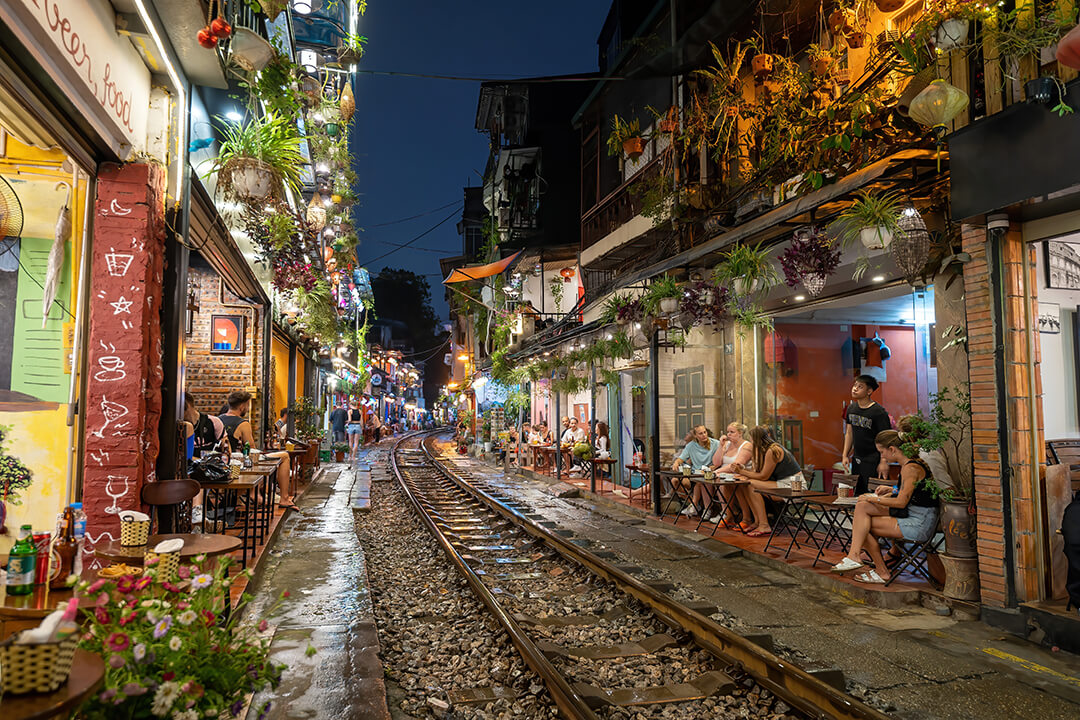
French Quarter
The French Quarter, built during the French colonial period, is marked by Western architectural and cultural influences. This area is known for its classic European-style buildings and public landmarks such as the Hanoi Opera House and the Labor Culture Palace.
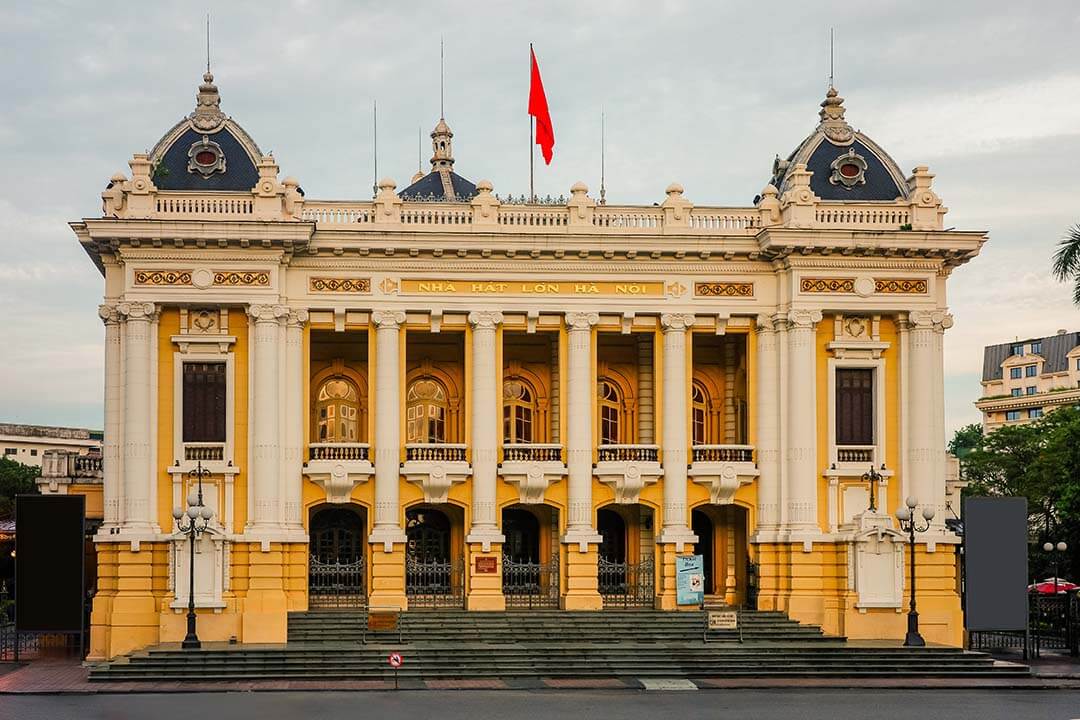
Tourists should choose Hanoi Old Quarter or French Quarter to visit
To select a suitable destination between Hanoi Old Quarter vs French Quarter, we need to compare various aspects of these areas. From culture and history to architecture, attractions, and experiences, each area has its own unique and appealing characteristics.
Culture
Discover the rich cultural tapestry of Hanoi through its two iconic neighborhoods: the Hanoi Old Quarter and the French Quarter
Culture of Hanoi Old Quarter
The Hanoi Old Quarter of Hanoi is the center of traditional culture, characterized by narrow and bustling streets. Streets like Hang Bac and Hang Gai not only reflect traditional trades but also serve as bustling commercial hubs where you can find handcrafted goods and traditional specialties. The Old Quarter also hosts traditional festivals such as Tet markets and local cultural events, creating a vibrant atmosphere rich in Hanoi’s cultural heritage.
Culture of the French Quarter
The French Quarter is renowned for its classic Western-style architecture, showcasing the influence of French colonialism. Landmarks such as the Hanoi Opera House and the Labor Culture Palace symbolize luxury and the blend of Western and local cultures. This area offers a fresh perspective on Hanoi’s urban development, with modern public buildings and spacious environments. The contrast between traditional and contemporary living is evident, making the French Quarter a prime spot to explore Western cultural influences in Hanoi.
History
The history of Hanoi Old Quarter and French Quarter reflects Vietnam’s diverse past, offering insight into the city’s evolution from ancient times to the present day.
History of Hanoi Old Quarter
The Old Quarter is a symbol of Hanoi’s history, with streets named after traditional trades and businesses. This area preserves Hanoi’s history through its ancient buildings and unique urban space. Significant historical events also took place here, with many historic sites such as Ngoc Son Temple and Dong Xuan Market. The daily activities of the local people, traditional festivals, and cultural events reflect the area’s historical and cultural significance. The preservation of historical and cultural values contributes to the lasting appeal of this area.
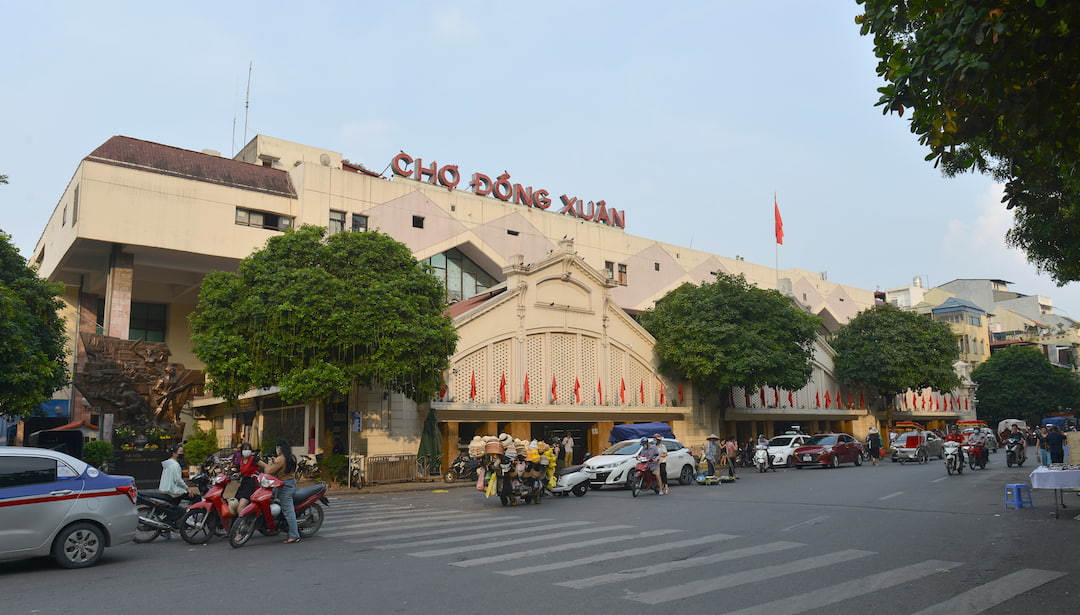
History of the French Quarter
The French Quarter, constructed during the French colonial era, provides insight into the impact of French colonization on Hanoi. Architectural landmarks such as the Hanoi Opera House and the Labor Culture Palace symbolize urban development and showcase the influence of European style during the colonial period. The transformation of Hanoi from a traditional city to a modern urban center is also reflected in the development of the French Quarter. The high-end buildings and services here illustrate the blend of cultures and diverse lifestyles, offering a fresh perspective on the city’s development.
Architecture
The Hanoi Old Quarter and French Quarter showcase distinct architectural styles that vividly illustrate their rich heritage.
The architecture of Hanoi Old Quarter
Buildings in the Old Quarter are typically narrow and long, with small facades and deep interiors. This architecture reflects the traditional Hanoi lifestyle, where living and business spaces are combined within narrow streets. The buildings often feature sloping roofs and wooden balconies, creating a historic and traditional atmosphere.
The architecture of French Quarter
The French Quarter is known for its tall buildings and public structures in classic European style. These architectural works feature arched windows, wrought-iron balconies, and red-tiled roofs, providing a more elegant and modern ambiance. Wide streets and paved sidewalks create a spacious and sophisticated feel.
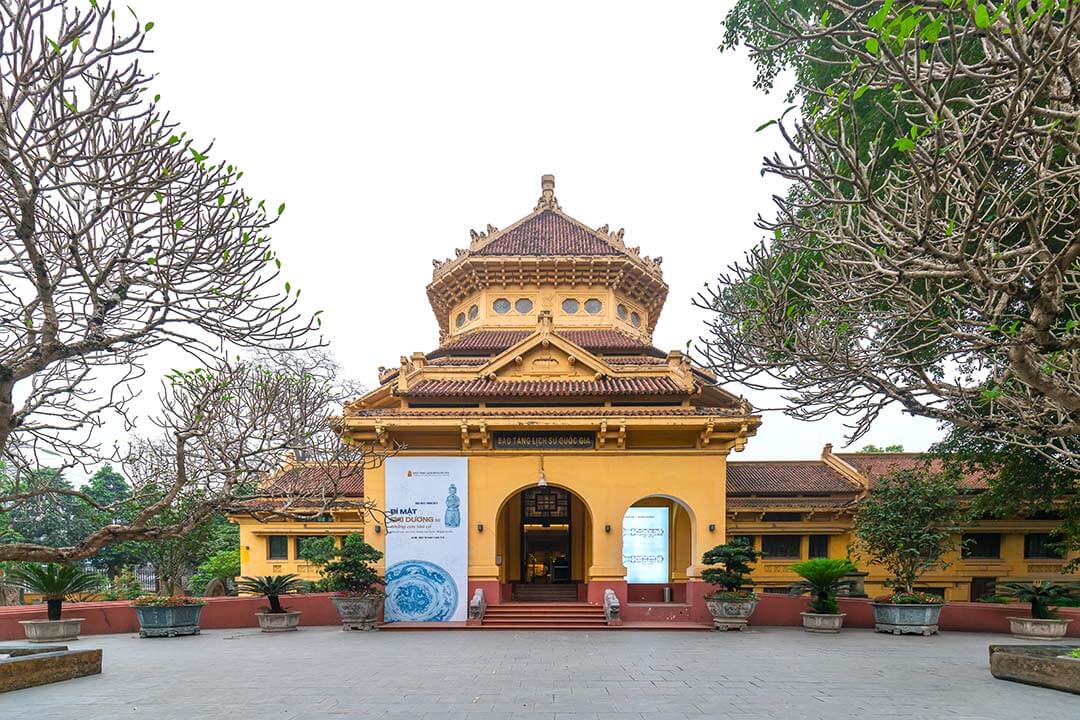
Environment
The environment of Hanoi offers a fascinating juxtaposition between the historical vibrancy of the Hanoi Old Quarter and the refined elegance of the French Quarter.
Environment of Hanoi Old Quarter
Hanoi Old Quarter’s narrow, bustling streets create a dynamic and vibrant atmosphere brimming with energy. The labyrinthine alleys and bustling markets offer a rich tapestry of urban life, where traditional craft shops, street food stalls, and local vendors blend seamlessly to provide an immersive and diverse experience. This lively environment reflects the heart and soul of Hanoi, capturing the essence of its historic charm and everyday rhythm.
Environment of French Quarter
The French Quarter is more comfortable than the Hanoi Old Quarter. This area is perfect for strolls, where you can savor the elegance of classic European-style architecture and enjoy high-end services. With its spacious and modern setting, the French Quarter provides a tranquil escape from the bustling city, allowing visitors to experience a blend of historical charm and contemporary luxury in a more relaxed and sophisticated ambiance.
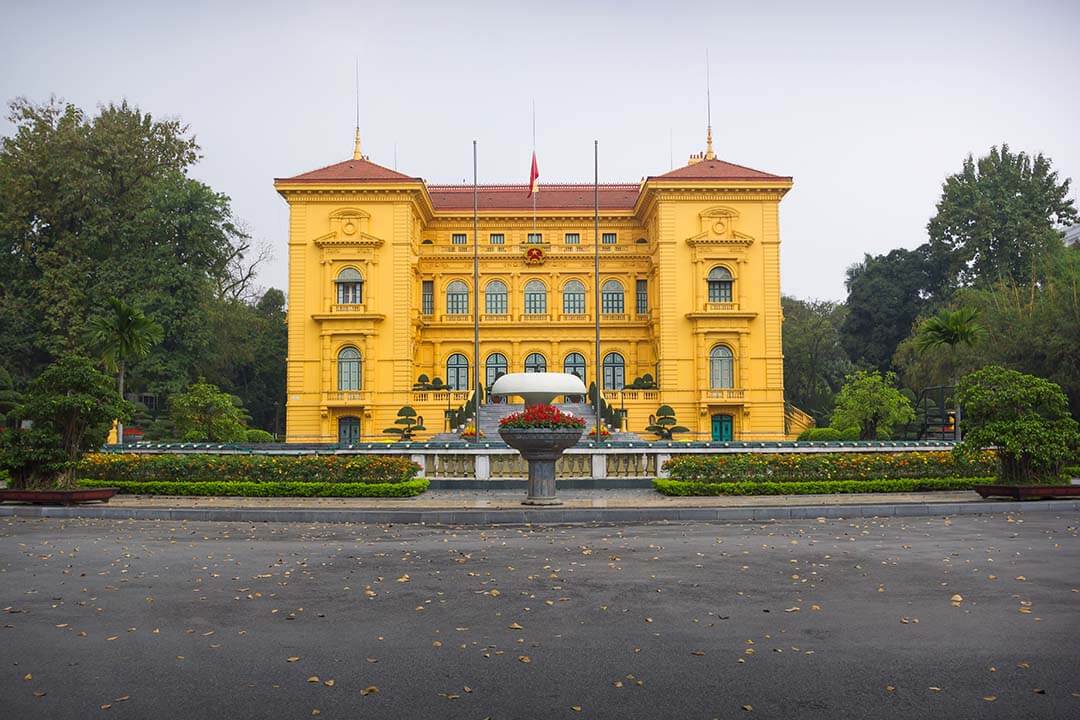
Attractions in each area
Explore the unique attractions that define the Hanoi Old Quarter and French Quarter. Each area offers a distinct blend of cultural and historical experiences that showcase Hanoi’s rich heritage.
Attractions inside Hanoi Old Quarter
- Ngoc Son Temple: A significant cultural landmark in Hanoi, where you can admire ancient architecture and learn about local legends.
- Dong Xuan Market: The most significant and oldest traditional market in Hanoi, offering a wide range of products from fresh food to handicrafts.
- Ta Hien Street: Famous for its street cafes and beer, Ta Hien Street is the center of Hanoi’s vibrant nightlife, ideal for experiencing street food and the city’s evening atmosphere.
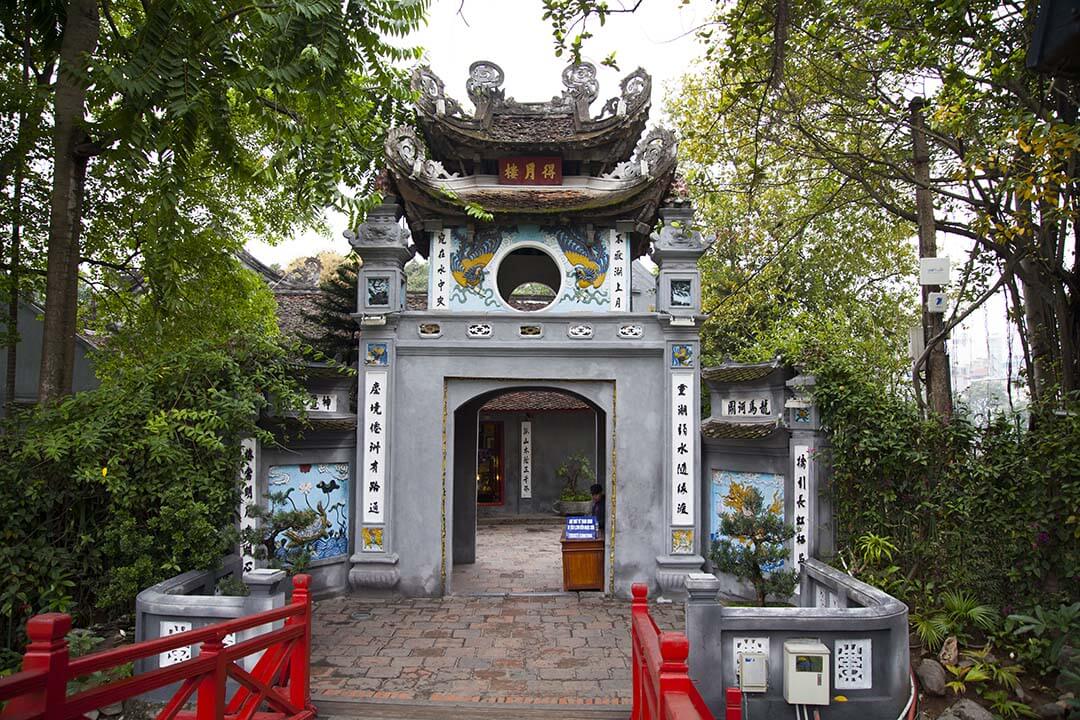
Attractions inside the French Quarter
- Hanoi Opera House: A symbol of
French colonial architectureand a venue for major cultural events. It is an excellent place to enjoy artistic performances and explore Western cultural influences. - Labor Culture Palace: A prominent architectural landmark with French influences, hosting many community and cultural activities.
- Hoan Kiem Lake: The area around Hoan Kiem Lake combines influences from both regions, allowing you to experience both architectural styles and cultures.

Life and activities
We explore the vibrant life and diverse activities that characterize both the Hanoi Old Quarter and the French Quarter. Each area offers a unique atmosphere and experiences that cater to different tastes and interests.
Activities in Hanoi Old Quarter
- Life: The Old Quarter is a hub of vibrant and diverse daily life in Hanoi. You will find bustling streets with shops, eateries, and traditional markets. Daily life here provides a lively depiction of how Hanoi’s residents live and work.
- Activities: You can explore narrow streets, participate in traditional festivals, and enjoy famous street food.
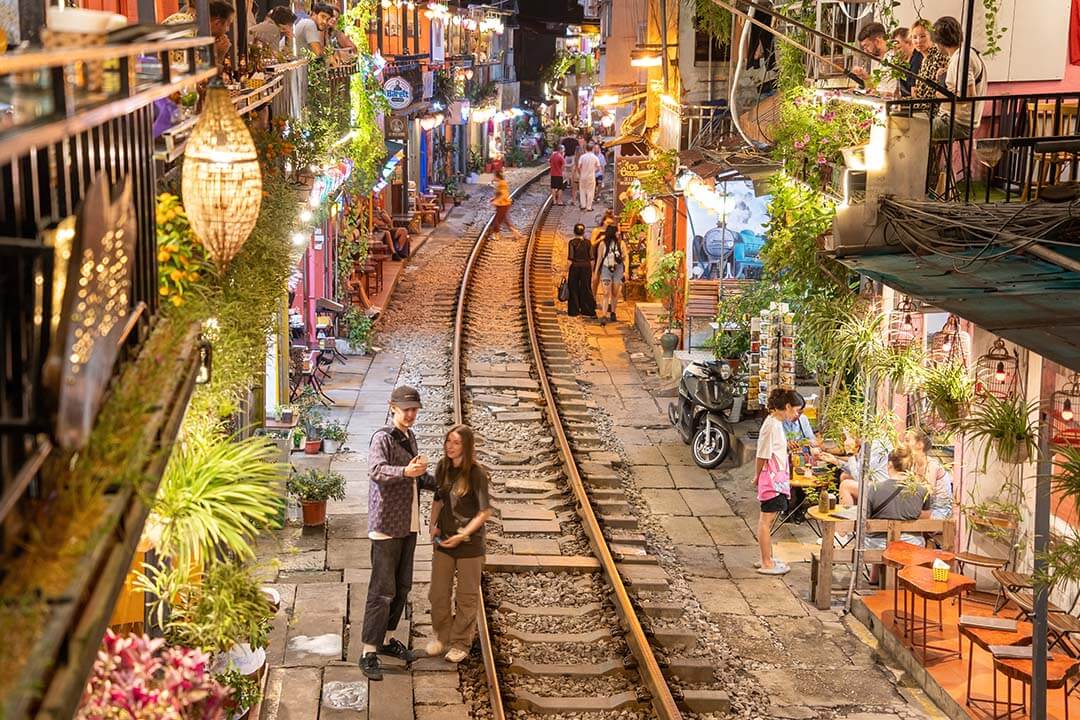
Activities in French Quarter
- Life: The French Quarter offers a refined and modern atmosphere with high-end services and classical architecture. Life here is quieter compared to the Old Quarter, making it suitable for those seeking relaxation and comfort.
- Activities: You can enjoy international cuisine at upscale restaurants, stroll through wide streets, and participate in cultural and artistic events at public landmarks.
Both Hanoi Old Quarter and French Quarter showcase Hanoi’s unique charm, each reflecting different historical and cultural eras. The Old Quarter is perfect for those seeking a vibrant and traditional cultural experience with diverse activities. In contrast, the French Quarter offers classic European architecture and a refined ambiance with upscale services. Each area provides its own distinct experience, making them both worthwhile destinations. For more travel tips and detailed guides on Hanoi and other Vietnamese destinations, visit Vietnam Travel Tips.


